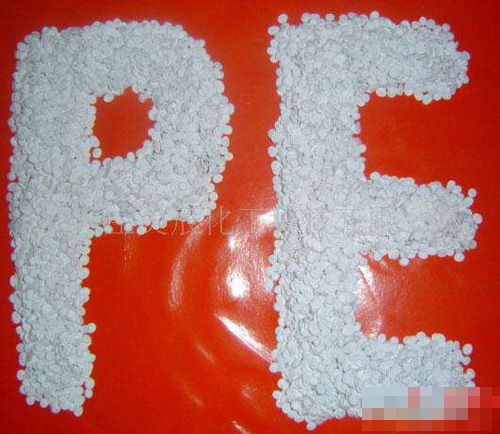Plastic flame retardant grade
Plastic flame retardant grade
Step by step from HB, V-2, V-1, V-0, 5VB to 5VA:
HB: UL94 standard flame retardant rating of midsole. It is required that for samples between 3 and 13 mm thick, the burning speed is less than 40 mm per minute; for samples less than 3 mm thick, the burning speed is less than 70 mm per minute; or it is extinguished before the 100 mm mark.
V-2: After two 10-second burning tests on the sample, the afterflame & afterburning went out within 60 seconds. Dropping particles can ignite cotton.
V-1: After two 10-second combustion tests on the sample, the afterflame & afterburning went out within 60 seconds. Dropping particles must not ignite cotton.
V-0: After two 10-second combustion tests on the sample, the afterflame & afterburning went out within 30 seconds. Dropping particles must not ignite cotton.

5VB: After five 5-second burning tests on the sample, the afterflame & afterburning are extinguished within 60 seconds. Dropping particles must not ignite cotton. Burn-through is allowed for block samples.
5VA: After five 5-second burning tests on the sample, the afterflame & afterburning is extinguished within 30 seconds. Dropping particles must not ignite cotton. Block samples are not allowed to be burned through.
Glow wire tester test principle folding
The glow wire tester simulates the possibility that parts of insulating materials or other solid combustible materials that easily spread flames inside the equipment may ignite due to glow wires or glowing elements. Under certain conditions, such as fault current flowing through wires, component overload, and poor contact, some components will reach a certain temperature and cause nearby parts to ignite.
The working principle of the glow wire tester: After heating the nickel-chromium wire (U-shaped glow wire head) of the specified material Φ4mm to the specified test temperature (300℃~1000℃) with a large current, it is burned at the specified pressure (1.0N) level. The test sample is tested for 30 seconds, and whether the test sample and the bedding material ignite or last to determine the fire risk of the finished electrical and electronic equipment; after the test is completed, the scorching time, ignition time (Ti), flame extinguishing time (Te), and flammability are recorded. Index(GWFI).
Glow wire head: Measuring the temperature of the glow wire uses an armored filament thermocouple with a nominal diameter of 0.5mm. The wire is nickel-chromium and nickel-aluminum (K-type) wire. It is suitable for continuous operation at temperatures up to 960°C. They The welding point of the thermocouple is located in the armored sleeve and is used to measure the temperature of the glow wire. The metal of the armored sleeve can withstand a temperature of at least 1050°C.
Calibrating glow wire temperature:
1. Place the silver foil required by the standard (a square with a purity of 99.8%, a thickness of 0.06mm, and a side length of 2mm) on the top center of the glow wire head.
2. Heat the glow wire tip to an appropriate value until the silver foil melts. At this time, the value shown on the thermometer should be 960±15°C required by relevant standards.
Note: The metal of the thermocouple used to test the glow wire temperature must be able to withstand a temperature of at least 1050 degrees. It is recommended to use imported thermocouples. uBipZ4X2V
Disclaimer:
Disclaimer: Some of the texts, pictures, audios, and videos of some articles published on this site are from the Internet and do not represent the views of this site. The copyrights belong to the original authors. If you find that the information reproduced on this website infringes upon your rights, please contact us and we will change or delete it as soon as possible.
AA






